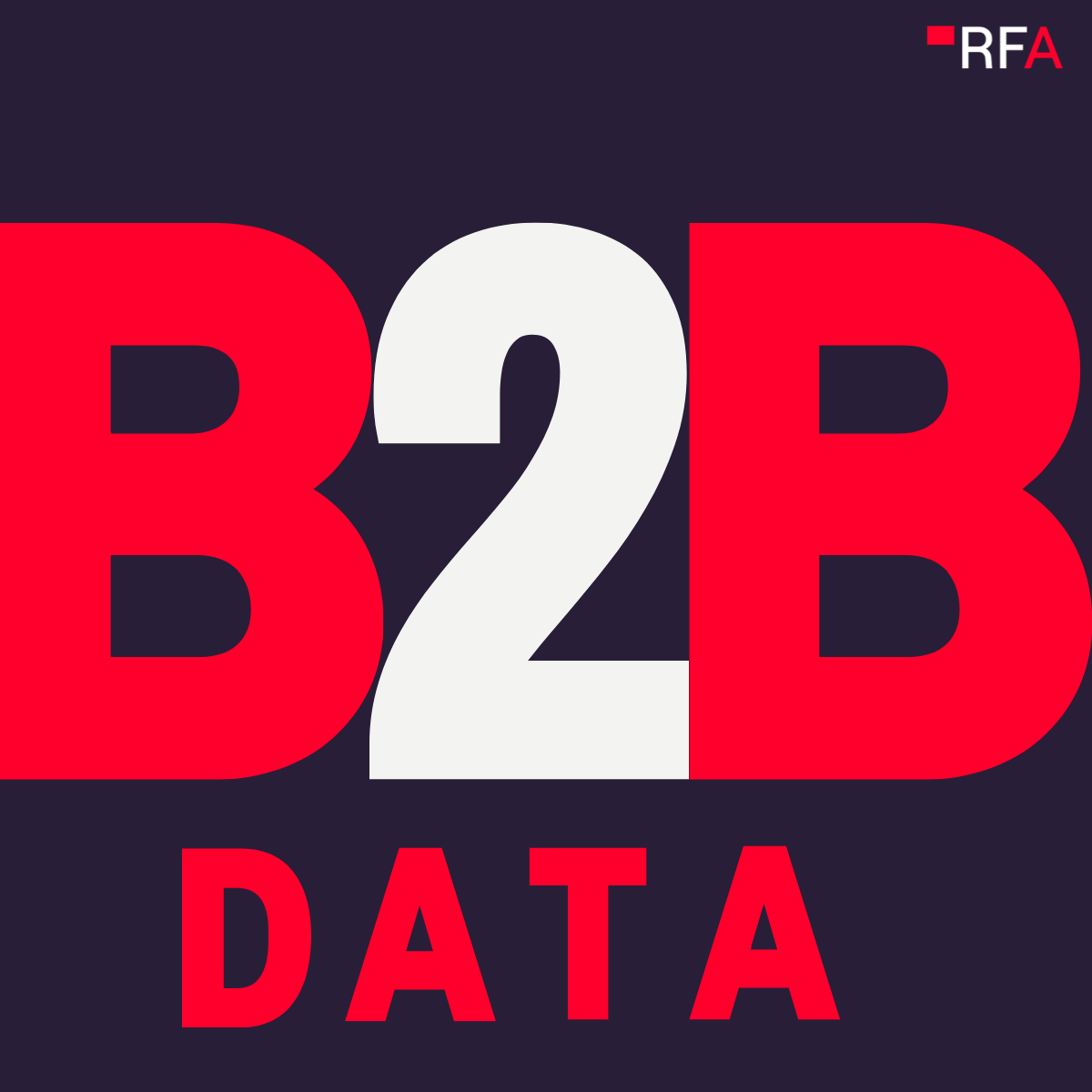The sheer scale of Uber’s success is incredible. With an estimated 110 million users in 785 metropolitan areas worldwide, in the United States alone it holds 69% of the ‘ride hail’ market share.
Its growth has sent shockwaves through the established taxi/black cab industry and shows no signs of slowing down, with its increasingly popular Uber Eats service holding a 25% market share of the entire food delivery service in the US.
But everyone has to start somewhere, and back in 2008 Uber was no more than a pitch deck its founders used to try to make their dream a reality.
So How Did They Do It?
A look at Uber’s first pitch deck gives us a fascinating insight into their success story. This document helped its founders to raise the initial cash that made Uber into the behemoth that it is today.
Although raising capital to fund a start-up is different to selling a product or service, there’s a lot we can learn from Uber’s pitch deck. In this article, we’re going to look at how Uber convinced their investors to take action and how we can apply their tactics within the sales world.
Start by Addressing the Customer’s Problem
When you’re selling a product or a service, it’s crucial to focus on how it can improve circumstances for the customer. A fascinating 2012 research paper by University of Memphis Professor John Cicala on what makes an effective sales presentation, highlighted the fact that while most sellers focus on having lots of knowledge about the product, most buyers prefer a sales pitch that recognises and provides solutions for their specific problems.
Uber’s pitch deck does just that in slides two and three by highlighting the ‘ageing and inefficient technology’ of traditional taxi services, with no GPS co-ordination between customer and driver and an outdated medallion system that results in underpaid drivers and a poor service. This approach highlights the inefficiency of the current system and identifies key pain points for both drivers and passengers before going on to suggest a solution.

Image courtesy of www.slideshare.net
Provide a Solution with Clear Benefits
Once the client’s specific problem has been identified, you need to provide a solution with clear benefits. Uber does this by highlighting the speed and efficiency of its on-demand car service with a guaranteed pickup and a pre-paid cashless billing system.
Be creative and think of use cases that tell a story. Think about real situations where your product would be valuable – Uber uses the example of ‘fast local transport where parking isn’t easy’ to make customers see its service as a solution to a real problem that they are familiar with.
Imagine you’re selling your new laser printer to a local insurance office. Identify the problems they have with their current model and focus on the time that gets wasted fixing it when it gets jammed, needs new ink or takes ages to print jobs. Then highlight how your printer never gets stuck, never needs refilling and prints ten times faster than standard printers. Encourage your prospect to think about how this will save everyone in the office lots of time that they can spend answering more phone calls and closing more deals.

Visuals Help to Sell Your Product
Adding a visual element to your pitch can help to create a winning presentation. This doesn’t necessarily need to be in the form of a PowerPoint; in one-on-one meetings, a simple handout or an online demo can help customers to visualise and understand the key features and benefits of your product.
Think about booking your next holiday. You’re much more likely to choose a destination looking at pictures of its beautiful sandy beaches rather than simply reading a text-heavy description of exactly the same thing. Visuals allow you to imagine yourself in that situation and think about how much better your life will be on that beach or with that product.
Similarly, if you’re pitching your new software management tool to a small accountancy firm, it’s much more effective to show them a demo of how it works or a few screenshots of its simple, user-friendly interface rather than just telling them about how great it is.
Similarly, Uber’s first slide uses an image of a sleek, shiny car and two smartphones to portray the image of a professional ‘next-generation car service’ that uses cutting-edge technology.

Take Your Prospect on a Journey
The best sales pitches take prospects on a journey that begins with a relevant problem, proposes a solution with clear benefits, and encourages them to visualise how it could dramatically improve their day-to-day life or their business.
To really connect with your prospects, it’s crucial to do your research before presenting to them so that you can pinpoint how your product can benefit them specifically. Uber’s pitch deck highlights its benefits for clients and drivers and can be tailored to either of these groups.
If pitching specifically to drivers, Uber could focus on the 35% of ‘dead time’ that drivers spend looking for customers and how this can be significantly reduced by connecting them with people who are close by and in need of a ride.
It’s ok to ask a few questions during the presentation to fine-tune your approach, but keep your overall objective in mind and focus on how your product could specifically benefit your prospect.
More Inspirational Pitch Decks
Here are a couple more early pitch decks from other highly successful start-ups. Both Tinder and Airbnb’s offerings take their prospects on a journey with a clear problem-solution trajectory, relatable use cases and helpful visuals that demonstrate what the service can offer to the specific client or user.
To see how you can benefit from Red Flag Alert’s B2B Prospector Tool , Request a Free Trial today.




